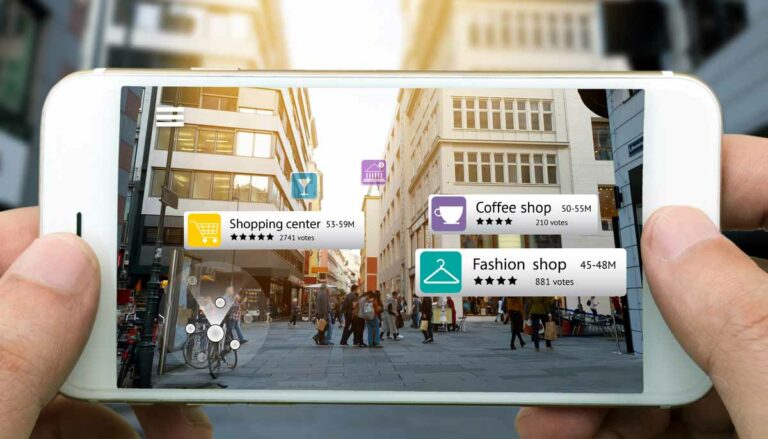When you think about how visual information relayed through a headset could change the world, you might be thinking of virtual reality. After all, there are constant ads for VR headsets and immersive videogames that take the user to a virtual landscape. However, VR has limitations that make it far from the exciting, world-changing phenomenon that its sibling, augmented reality, will actually be.
Why VR isn’t That Exciting
Popping on a VR headset and venturing into a fantasy world is fun, sure, but its applications are limited by a number of factors. The first, and more notable, is cost. In order to play VR games, one must have a console or PC with which to do so, an expensive headset, and the software they actually want to play. This is all for bespoke equipment that only works for VR, not for normal applications. Outside of training pilots within flight simulators, it’s hard to see practical applications for this technology.
Why AR is More Likely to Define the Future
Pokemon Go, a mobile game released in 2016, remains one of the most popular titles on cell phones. One of the game’s defining characteristics is the ability to see the Pokemon you’re trying to catch overlaid on an image of the real-world, as captured by your phone’s camera. This innocuous use shows just how easy it is to incorporate AR technology into consumer devices everyone already owns.
While it’s tough to get people to buy a VR headset, most people already have a smartphone with a camera and a pretty robust chipset. The install base is already there. The only thing you need once the user already has the interest and the hardware is just the software. So, what kinds of AR software might be changing the future?
Education, Medicine and More
Students in a classroom using tablets with AR-enabled features to learn about scientific models are already well-versed in the use of tablets. Doctors using a smartphone to telecommunicate with distant specialists on complicated health emergencies know full well how to use a smartphone: the expert on the other end is able to use AR technology to assist with the procedure, highlighting areas that need attention and sharing important information on-screen.
There are nearly endless potential applications. Want to try on a new outfit in the mirror while shopping from home? Maybe you want to see your living room with a new shade of paint on the walls? Need help fixing your car? There are so many potential uses for AR just through the lens of a smartphone that the mind boggles. So, in summation: virtual reality is a fun distraction. Augmented reality is the future.





